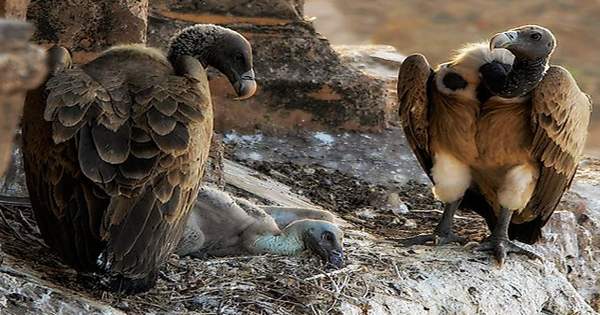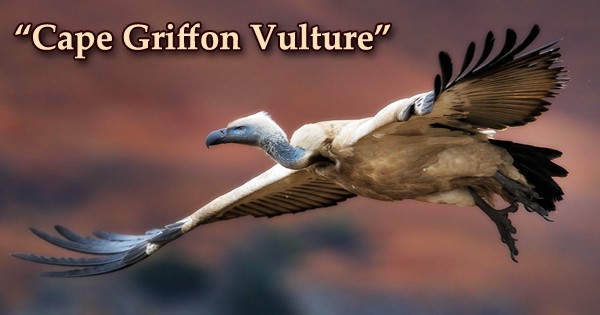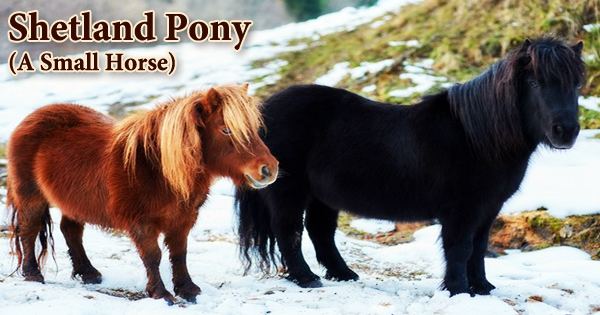Africa’s heaviest vulture, the Cape Griffon (Gyps coprotheres) or Cape vulture, commonly known as “Kolbe’s vulture,” has a striking blue-skinned, featherless head and neck, a white ruff at the base of the neck, and honey-colored eyes. The dark-brown bird, which may weigh over 20 pounds and has a sharp, hooked beak-like other vultures, has a sharp, hooked beak for ripping off flesh. It belongs to the Accipitridae family of Old World vultures. It is indigenous to southern Africa, with populations primarily in South Africa, Lesotho, Botswana, and northern Namibia. It builds its nest on cliffs and only lays one egg each year. With a total length of roughly 106 cm, it is one of the largest southern African vultures. It is the lightest in color, predominantly whitish-grey above flecked with brown. The outer black main wing feathers, the 12 tail feathers (compared to 14 in other species of this genus), and the inner dark brown secondary feathers contrast dramatically with the lighter hue of the remainder of the body, both above and below. The white down surrounds the brownish crop section, while the remainder of the ventral portions range from brown to cream to stone, becoming lighter towards the wings. The blue-grey head and neck are sparsely covered in white down, however, there are a few rows of long feathers at the base of the neck that form a grey-brown collar. The bare face is a bluish-grey color, with yellowish-brown eyes and grey feet. There is minimal variation between the sexes save from a tiny size variation (females are larger), making it difficult to distinguish between males and females. Although little is known about the animals’ lifespans, researchers assume they attain sexual maturity at around five years old, reproduce in cliff-side colonies, and pair for life. Adult birds measure 96–115 cm (38–45 in) in length, have a wingspan of 2.26–2.6 m (7.4–8.5 ft), and weigh 7–11 kg (15–24 lb). The two noticeable exposed skin patches at the base of the neck, which are also found in the white-backed vulture, are assumed to represent temperature sensors that detect thermals.

A Cape female typically lays only one egg each year, with men and females sharing incubation duties. The species, along with the lappet-faced vulture, is one of Africa’s largest raptors. The Cape vulture is the third-largest Old World vulture after the Himalayan griffon vulture and the cinereous vulture. The Cape Griffon, like other vultures, does not kill its food, preferring instead to feed on the soft tissue and bone fragments of dead animals that they detect simply by sight, usually no smaller than an antelope. The vultures search for dead and dying animals, as well as the peculiar circling behavior of other Cape vultures, which indicates the presence of a carcass. The gregarious and communal nature of Cape Griffon vultures extends to their dietary habits. They are communal eaters who feed in big groups, sometimes numbering in the hundreds. Angola, Botswana, Lesotho, Mozambique, South Africa, and Zimbabwe are all home to the Cape vulture. It used to be found in Namibia and Swaziland as well. Vagrants from the Democratic Republic of the Congo and Zambia have been reported on occasion. They graze in big groups and eat largely newly killed animals. Although there does not appear to be a specific breeding season, it appears to take place primarily between March and January. They build their nests in groups of at least six pairs on cliff ledges. The nest can be ornate with a lot of vegetation or virtually bear-like with only a few sticks. The female deposits one egg, which is incubated by both parents for 57 days. Although the nesting phase lasts between 125 and 171 days, the young bird is reliant on both adults for feeding for up to 221 days. Young birds usually gather in flocks to forage and roost a distance from their nesting grounds. As a result, interactions between the various groups do occur. Cape Vultures in the Eastern Cape of South Africa were more likely to nest on ledges with a shallower depth and greater elevation, surrounded by conspecifics. The birds are considered “vulnerable” to extinction and have an estimated population in the wild of approximately 8,100. Farmers and ranchers poison the carcasses of dead animals to deter scavenger jackals and leopards from attacking their cattle, as well as interruptions to breeding colonies and electrocution, particularly of young birds, on overhead power lines, are the main hazards to the animals. Some rural tribes think that because the Cape Vulture feeds on newly killed animals, it must have the capacity to predict what will happen next and that by eating the bird’s brain, you can obtain the same foresight. They are able to accomplish this because of their exceptional eyesight. The bird’s claw is also thought to be a good luck charm.
















